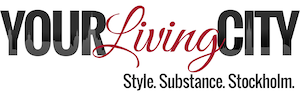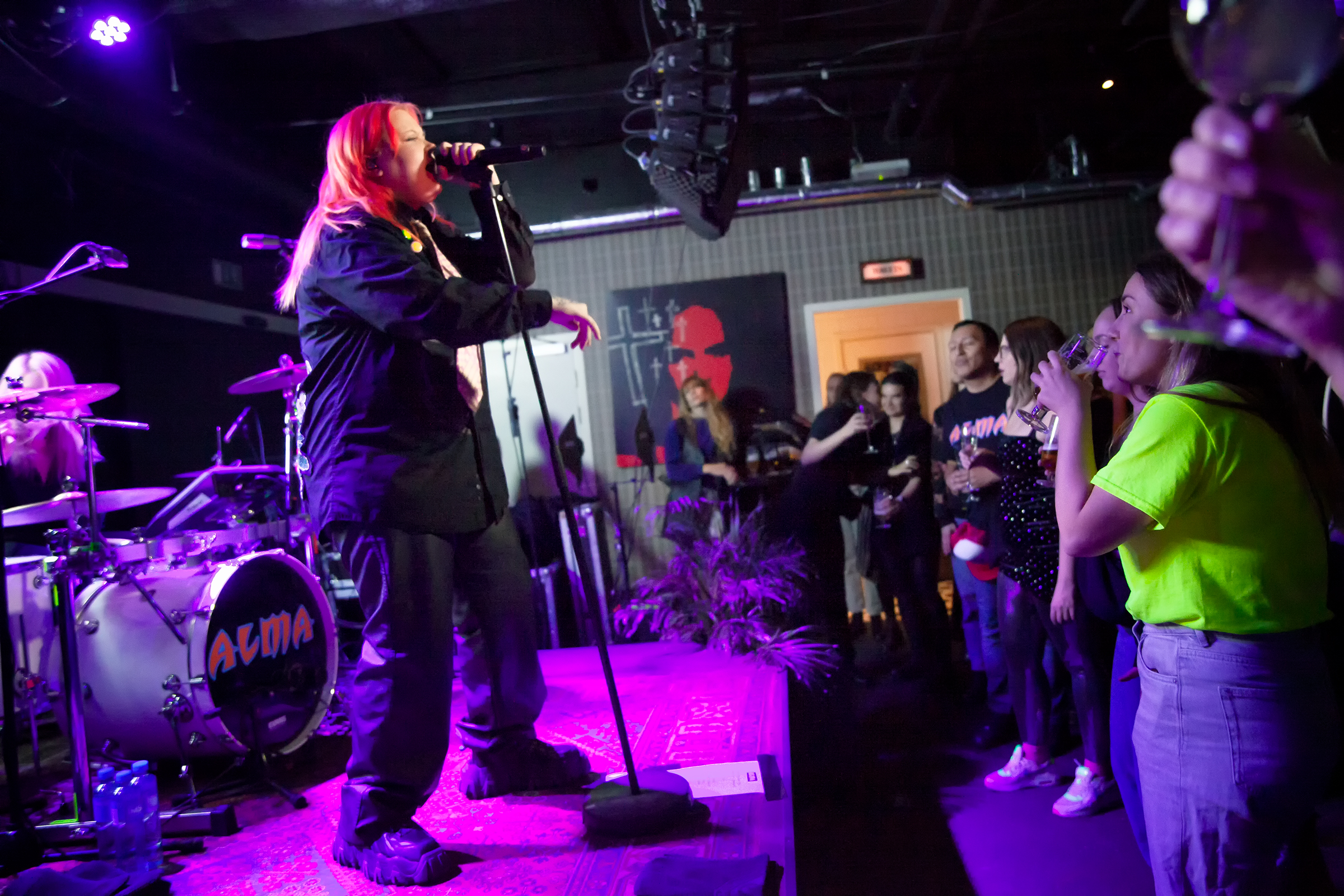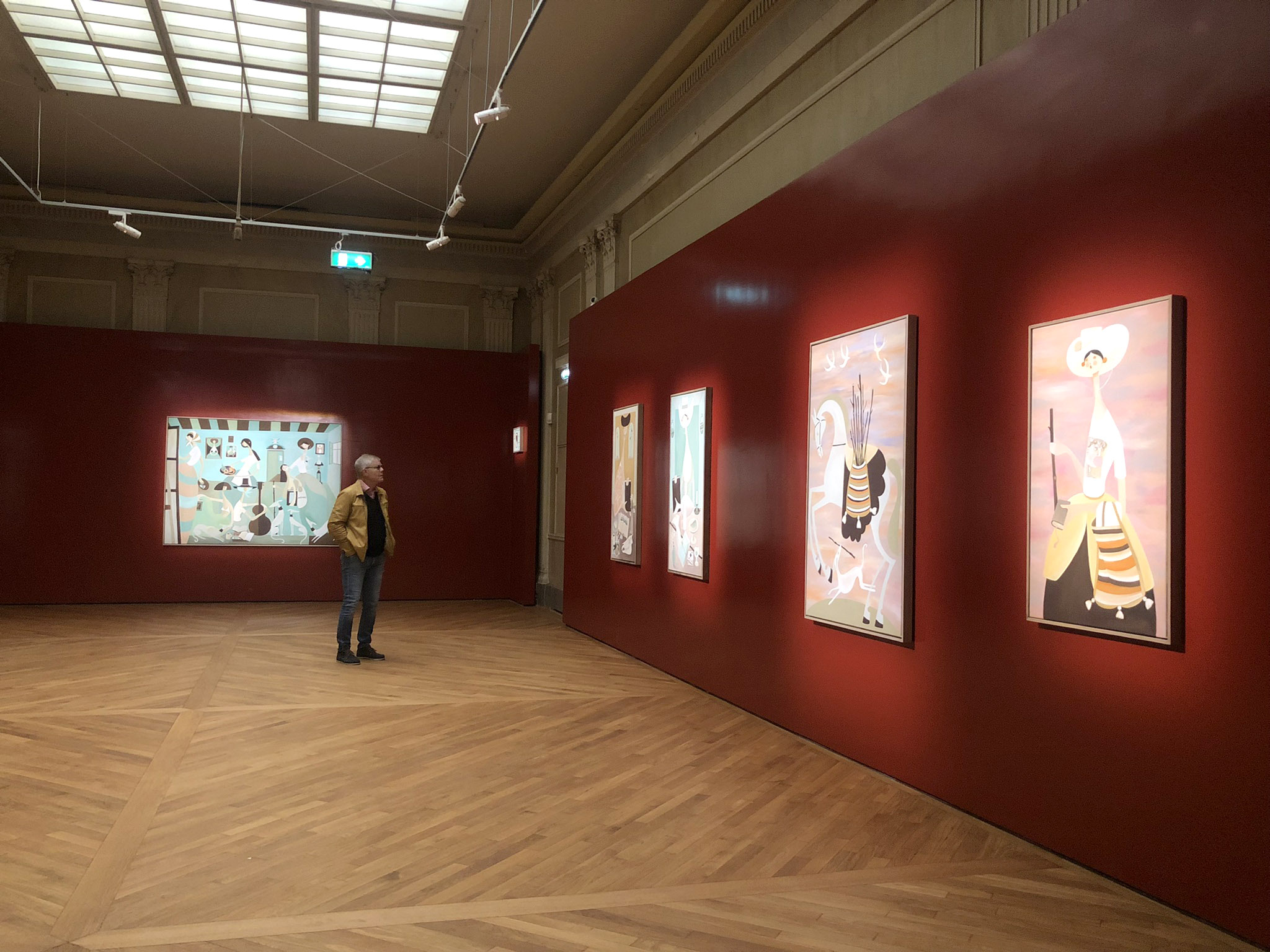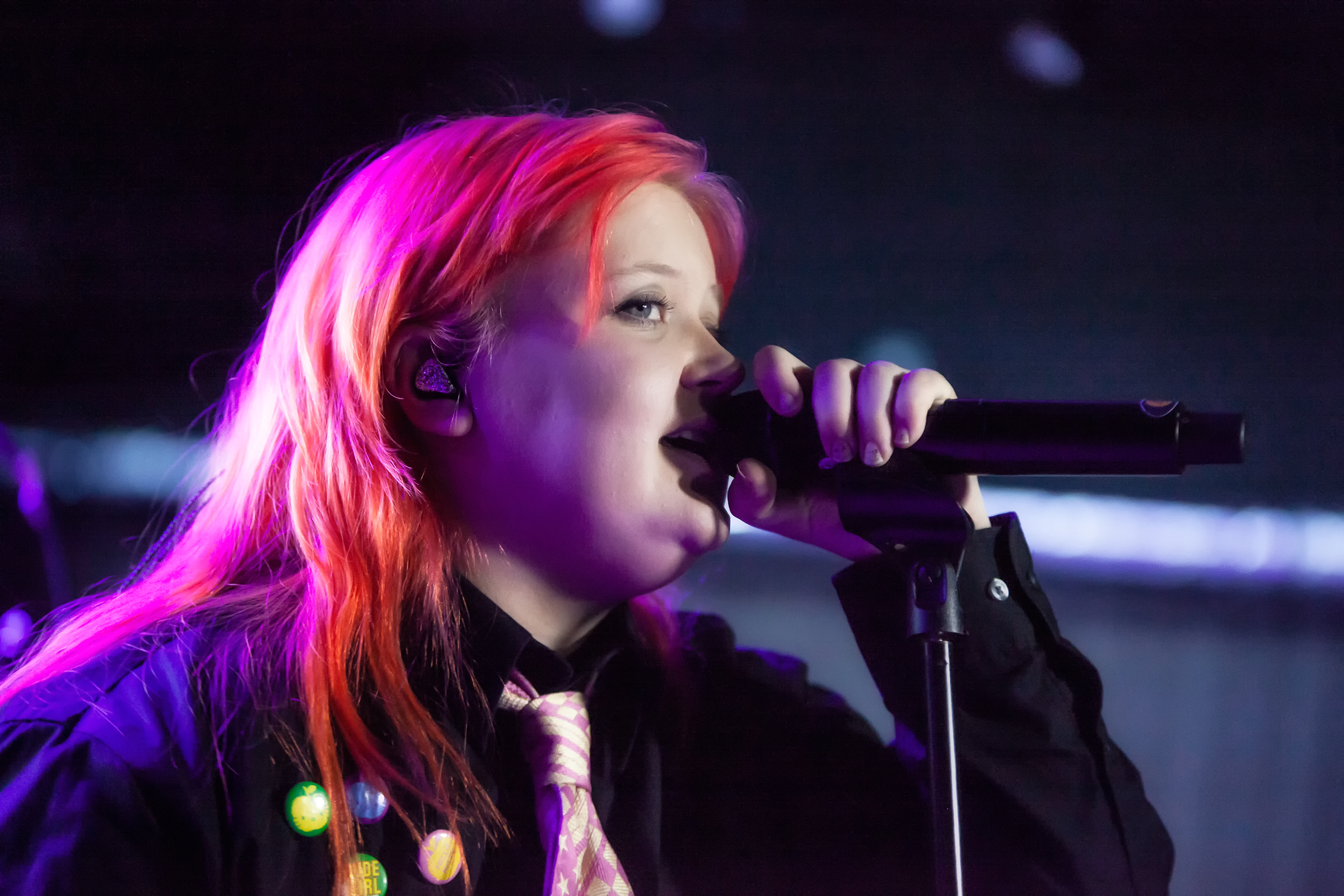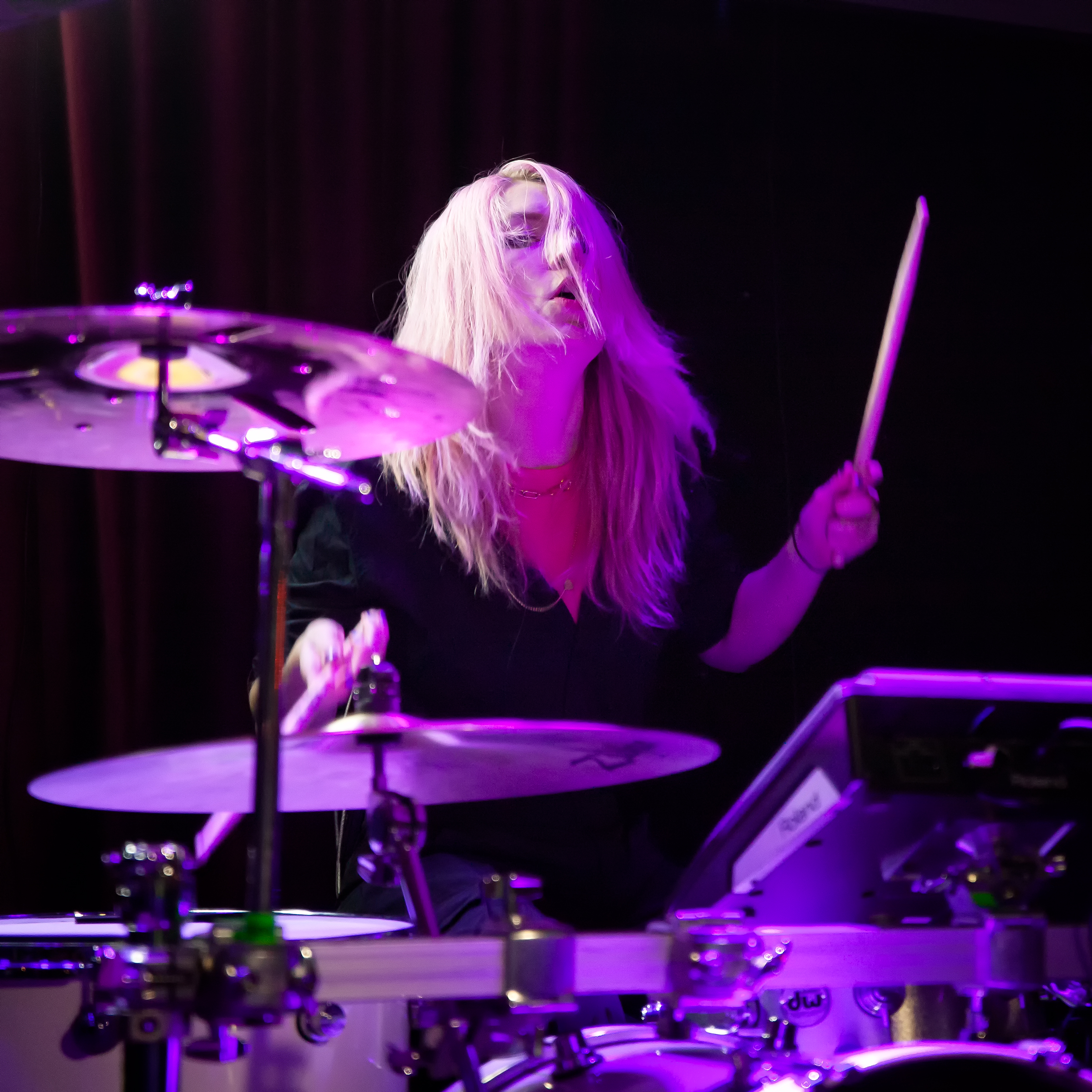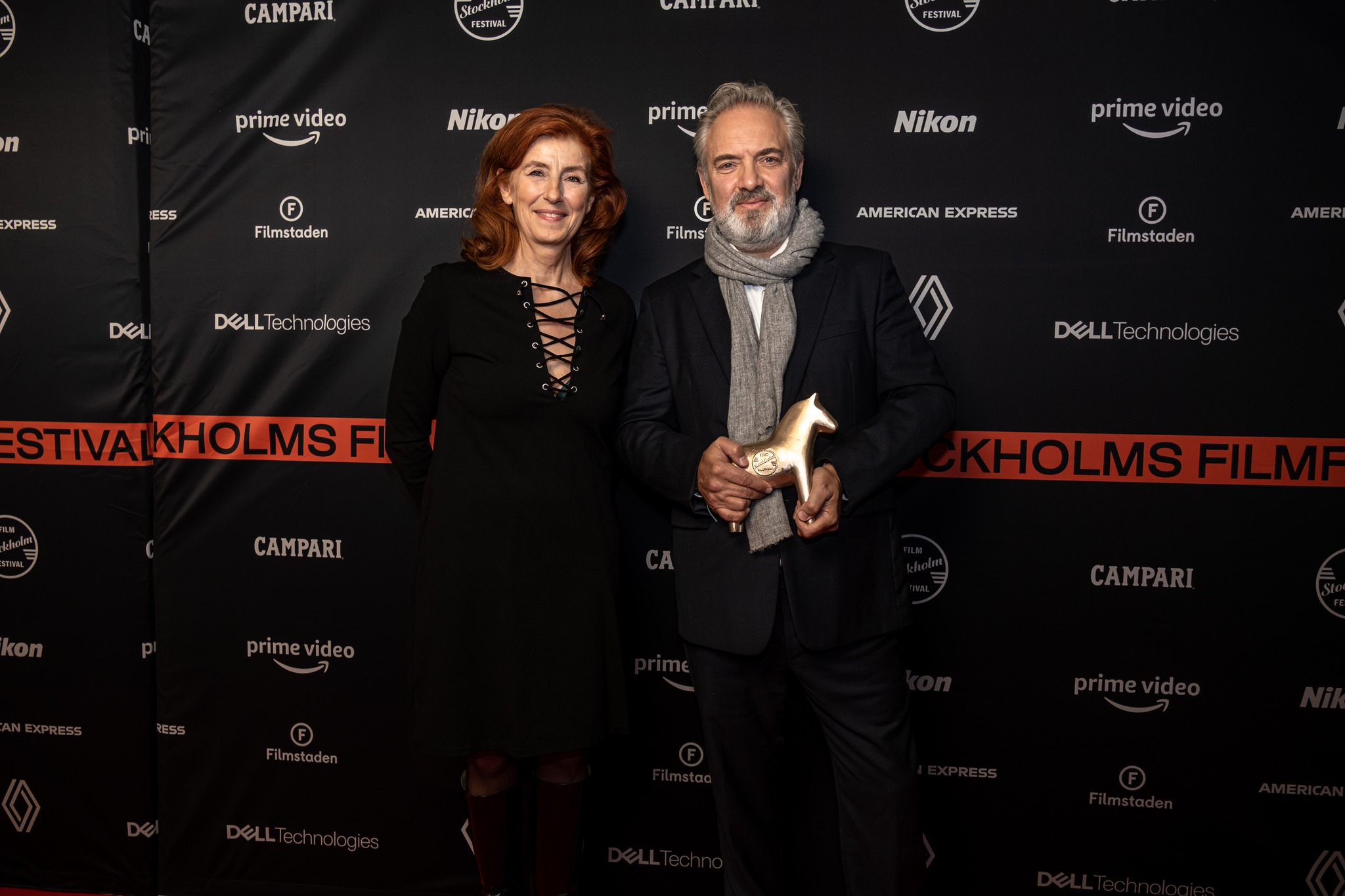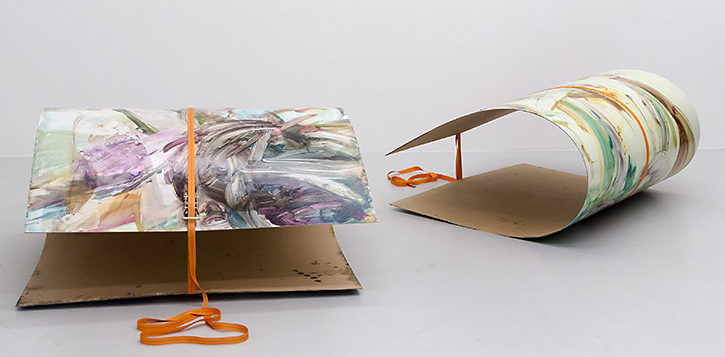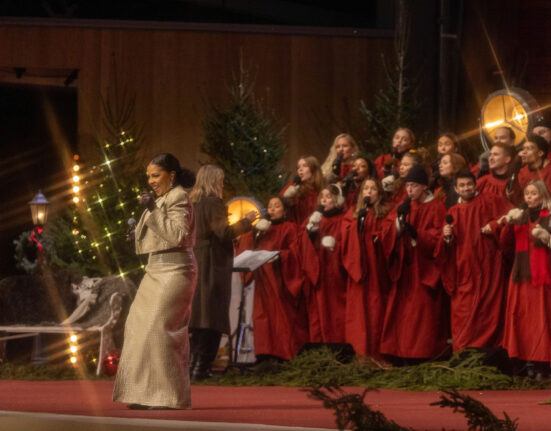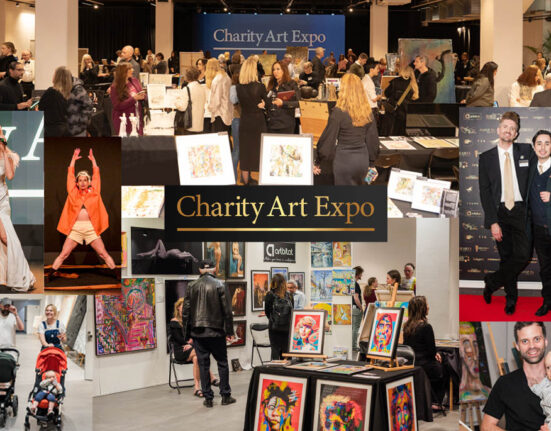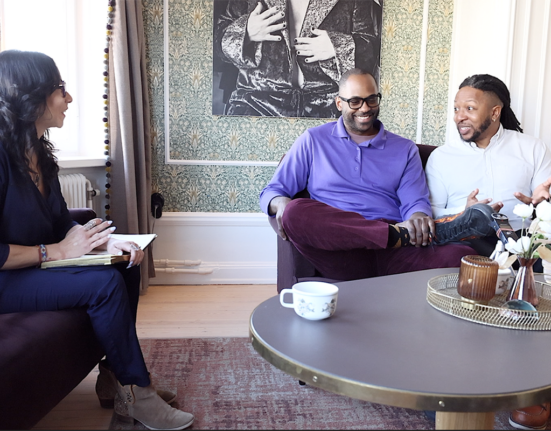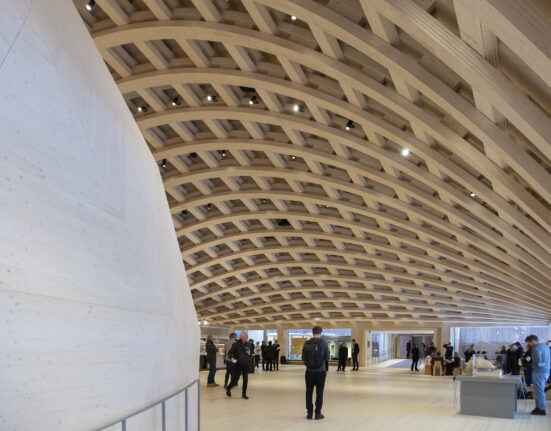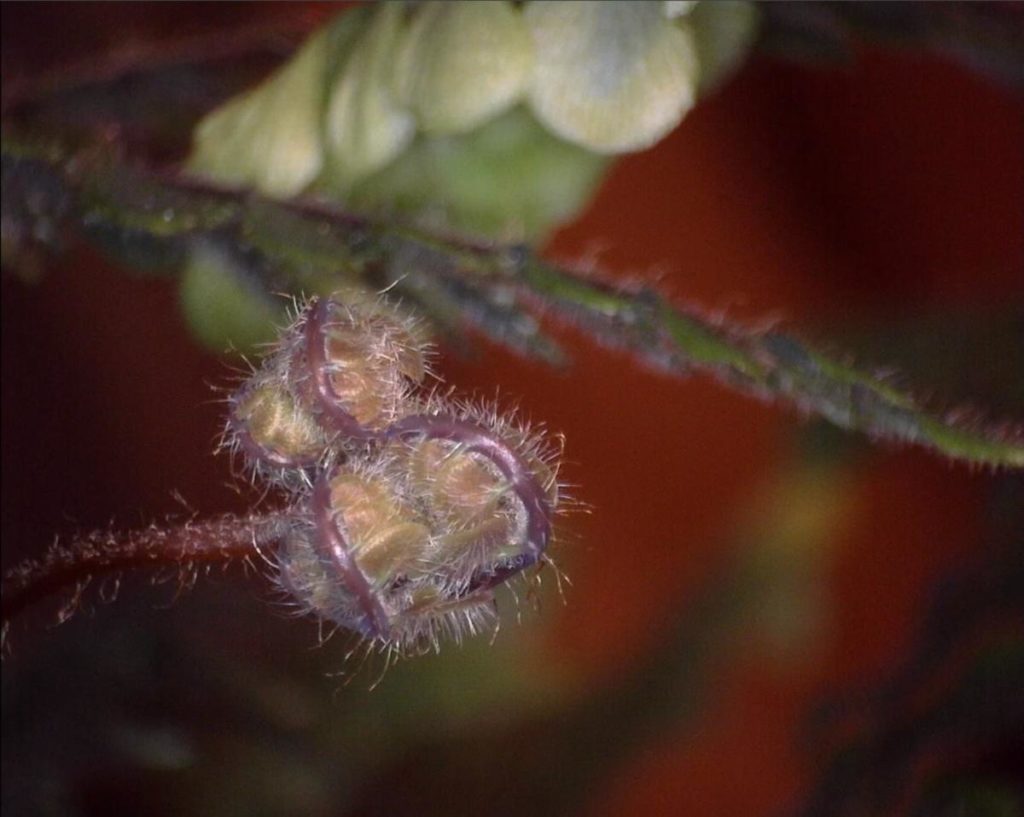
As we reminisce on how the course of history has brought into existence and further evolved well loved Christmas traditions this December, let us too reflect on how times gone by have influenced the revolutionary development of artistic traditions, and consequently, the values, norms and customs we hold so dear today.
With this very reflection, Your Living City selects 10 art exhibitions to herald in this festive Yuletide season.
May they yield a flurry of pristine inspirations to end 2016 in ever expanding ingenious realms of continuing peace, hope and joy.
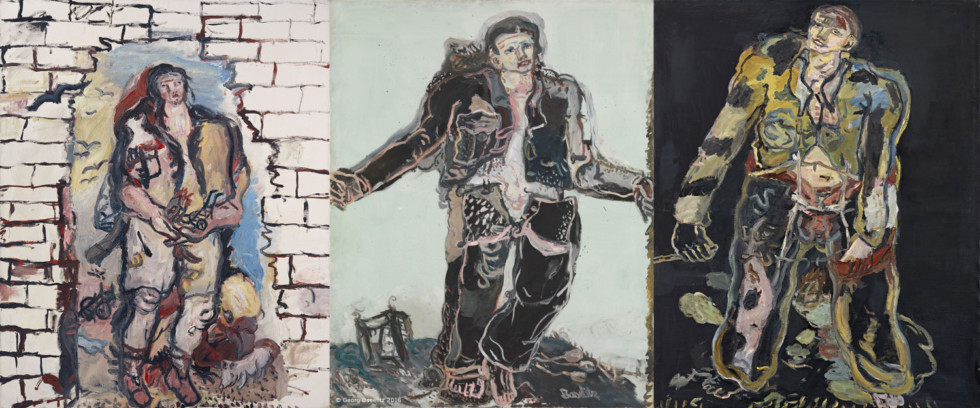
Exhibition: The Heroes
Artist: Georg Baselitz
Where: Moderna Museet, Skeppsholmen
When: Till 19 February 2017
Regarded as one of Europe’s most prominent and influential artists, especially of the post-war era, Georg Baselitz’s controversial series of works, “Heroes” and “New Types”, from his early years of 1965 to 1966, fill the gallery with monumental, figurative raw and expressive paintings and drawings of tattered, broken and frail soldiers in apocalyptic, ravished landscapes, as a provocative reminder of German history, in a time frame when the nation was rejoicing in “the German economic wonder”.
Its art scene, then dominated by shiny surfaces of pop and cool minimalist abstraction, also spurned his works as out of touch with the times, for their figures seem to convey resignation and vulnerability; offering no optimistic outlook, skeptically highlighting history’s failure.
“These works are ambiguous and contradictory. To portray ‘heroes’ and ‘new types’ (post-war) was a provocation to those who wanted to forget the war and celebrate individualism,” says Magnus af Petersens, curator.
Also featured are a few of Baselitz’s “Fracture Paintings”, with the painted motif looking from a distance as though cut up and sewn together.
“A fracture is an injury, like a broken bone. It is easy to see these paintings as an expression of how Baselitz saw Europe, and especially the divided Germany, after the war,” adds Petersens.

Exhibition: Subterranean: analogue collage, photogravure
Artist: Per Wizén
Where: Cecilia Hillström Gallery,
Hälsingegatan 43
When: Till 17 December
Per Wizén creates intriguing paper collages using fragments of reproductions of historical art works, where the new works still have an aesthetic kinship with the originals. The content of the work shifts in relation to the source, pinpointing hidden meanings and underlying tensions.
In his series Subterranean, Wizén’s starting point has been Alice in Lewis Carroll’s books, “Alice’s Adventures in Wonderland” and “Through the Looking Glass”. Using reproductions of John Tenniel’s original drawings for the books from 1865 and 1871, Wizén opens up an entirely new interpretation of Alice’s relationship with the White Knight in settings not found in Tenniel’s flat, light-and-shadow contrast-lacking illustrations but keeping their vibrating rhythm; emphasizing the uncanny qualities in Carroll’s texts.
So the meticulously made collages in “Horse Around and Smoke and Mirrors” have been transferred to photogravures, echoing Tenniel’s technique in the original drawings; capturing the uncanny aspects of the adventurous tales of Alice by focusing on the unreadable rather than the story’s explicit telling.
Thus succinctly encapsulating this quote by Swedish artist and poet, Leif Holmstrand: “You are not Alice, not really. But you descend from her. Alice is gone. She is somewhere else. But you exist (I can see it!) behind the looking-glass, on the other side of it, like a shadow. But that is all.”

Exhibition & Artist: Francesca Woodman
Where: Andréhn-Schiptjenko, Hudiksvallsgatan 8
When: Till 22 December
An American photographer known for her large and singular oeuvre, Francesca Woodman’s photography exhibits many influences, ranging from symbolism to surrealism to fashion photography; exploring, to a great extent, issues of gender and self.
Though her own prime subject, her photographs are not conventional self-portraits but rather dialogues with the self and an exploration of the body’s representation in relation to its surroundings, simultaneously reflecting a desire to reveal and conceal it.
In re-interpreting the traditional nude and in blurring the line between object and subject at photography’s transition, Woodman’s intensely still relevant work bears similar historical importance to her contemporaries’, like Ana Mendieta’s and Hannah Wilke’s.
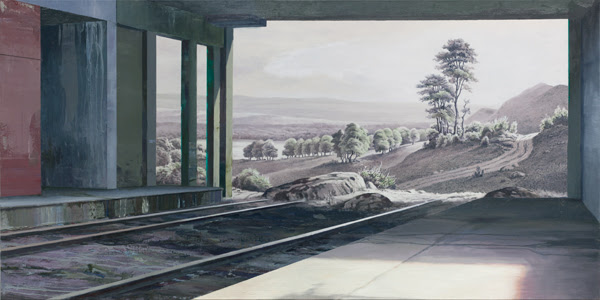
Exhibition: Escapeland
Artist: Tommy Hilding
Where: Galleri Magnus Karlsson, Fredsgatan 12
When: Till 18 December
Tommy Hilding’s paintings in Escapeland connect history with the present by colliding contemporary language with landscape painting from the 1800s of passionate and technically brilliant depictions of a paradisiac nature without humans; echoing philosopher Emanuel Swedenborg’s contention that mankind’s reduction to slaves under the machine of industrialism marked the second fall from grace – the loss of what philosopher Henry David Thoreau termed man’s relationship with nature and hence, spiritual connection with something larger.
So the Swede’s paintings emanate an objective universal and grave concern and sadness over how we continue to treat nature, despite our staggering level of knowledge; highlighting our estrangement by presenting the motif as seen through a window, or a thin veil of haze. Their beauty lures us to explore the spaces they open to us, all rendered all the more complex by a brooding sense of uncertainty as to whether the world we are granted access to can also provide a way out again.
As with all good art, these works pose questions, as well as inspire reflection, the need for discourse and a thirst for knowledge on issues concerning our way of life and the sense of an ever-increasing lack of context and understanding of our place in the cosmos. They underline the importance of taking responsibility for all aspects of our lives, both large and small, and present potential scenarios for the future.

Exhibition: Shelter Cove
Artist: Marianna Christofides
Where: Annaelle Gallery, Karlavägen 15 B
When: Till 4 December
Germany-based Cypriot Marianna Christofides uses current socio-historical micro-stories to trace the history of vulnerable and ruinous interdependence and subjugation certain places face with earthquakes and other subterranean forces; implicitly highlighting the unstable state of manifold manifestations of social life becoming the norm, with possible ruptures and entrenchments of fearful dread for the oscillation between permanence and impermanence.
The immersive two-channel video “Shelter Cove” juxtaposes two encounters on a 15,000 km road trip along the San Andreas Fault in California of North American and Pacific Plate; touching upon the impossible unity with nature and the dichotomy of protection and threat – being-at-home and being-at-somebody’s/something’s-mercy.
In the installation “Towards Solidarity (The Archives)”, elaborate collages re-connect dismembered, almost mutilated architectural limbs from disparate places and times in press photographs and archival footage to pinpoint the communal nature of catastrophe in its elimination of difference.
“Dragon’s Back”, a tactile, large-scale risograph relief print of the Californian landscape, confronts us with the multiple open fault lines and fissures in our world by becoming the premise to conceiving a poem in trimetric verses, while the “Flood”, “Tremor” and “Eruption” trilogy’s dense layering of colours evokes corporeal exposure to threat and its dissolution when stricken individuals band together.
And “After Fukushima: The Equivalence of Catastrophes” reinforces Jean-Luc Nancy’s argument that “an earthquake shakes up not just the ground and the buildings on it but also an entire social, political, and moral situation”.
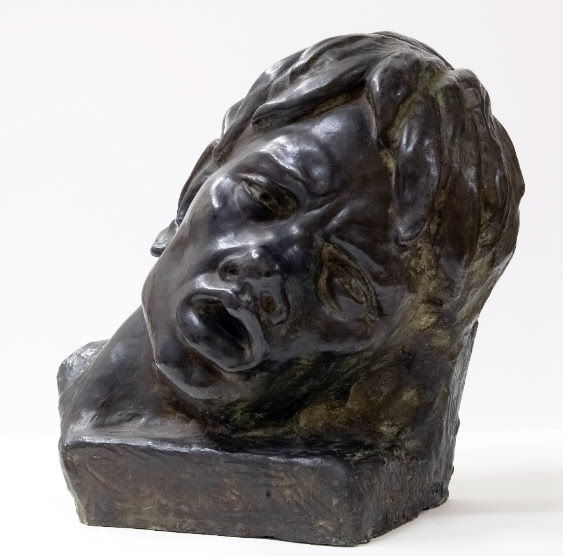
Exhibition & Artist: David Edström: A rediscovery sculptor
Where: Soderberg room in Thiel Gallery, Sjötullsbacken 8
When: Till 15 January 2017
In the light of today’s cultural debate about marginalized or forgotten male artists, the Thiel Gallery is exhibiting sculptor David Edström’s emotionally charged works. Once as equally acclaimed as Carl Milles and Carl Eldh – both leading sculptors of the last century, Edström was born in Vetlanda in 1873 and died in Hollywood in 1938.
The gallery has the largest collection in Sweden of the artist’s works as Ernest and Signe Maria Thiel remained captivated by Edström’s expressive and sometimes frightening sculptures as vivid witness to the human condition in contrast to the days’ pampering of salon art.
This collection spans only the years from 1900 to 1911, and the exhibition includes a borrowed bronze sculpture of the writer Karin Ek (1885-1926), part of the young circle around Thiel’s eldest daughter Signe, and preserved letters providing insight into the relationship between patron and artist: despite frequent disagreements, like Ernest Thiel’s passionate commitment to Friedrich Nietzsche’s writings not being entirely shared by Edström, Thiel supported him financially and even offered him periodic residence.




Exhibition: M*r>0r
Artist: Tony Oursler
Where: Magasin III – Museum & Foundation for Contemporary Art, Frihamnen
When: Till 11 December
New York-based Tony Oursler is one of the key figures in the development of video art; having experimented with the moving image well beyond the borders of the TV monitor. Since the 1970s, he has related his interest in technology to psychology and supernatural dimensions. For some time, he has also focused on the ever-increasing spread of data tracking and surveillance programs, with a particular interest in facial recognition software; producing a sort of digital portrait in which we can see ourselves through the lens of machines we have recently created.
The exhibition shows a selection of his newest works, including a film in which the artist experiments with illusion effects that has been recently exhibited at MoMA, and an acclaimed outdoor The Influence Machine, a large-scale work that has been shown at Djurgårdsbrunn in Stockholm over three consecutive evenings in 2002.
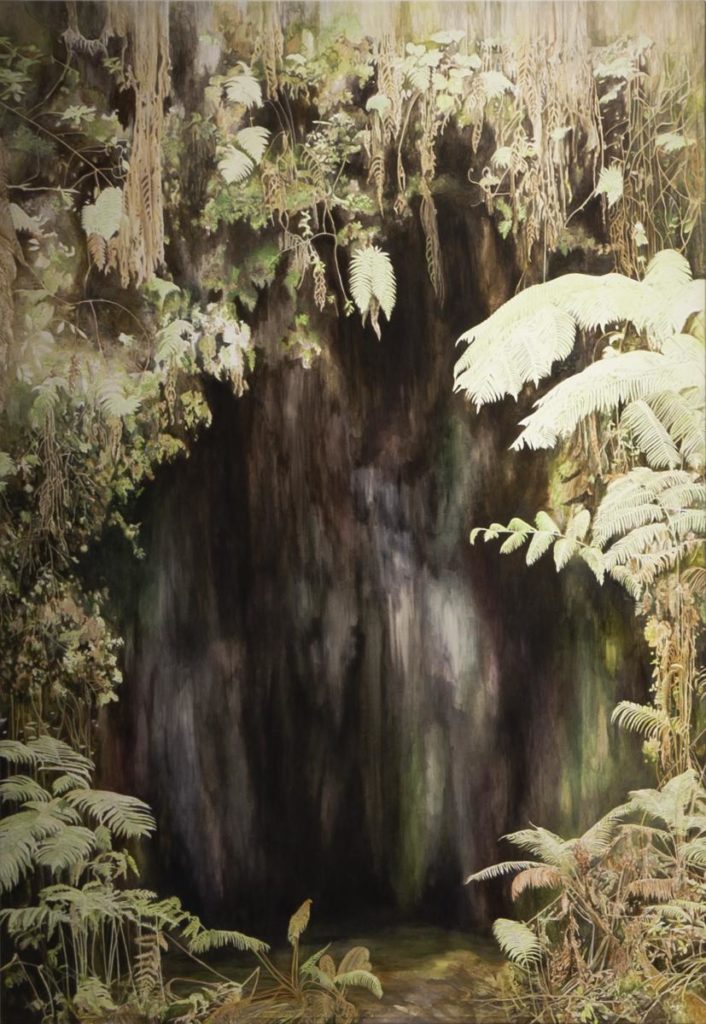
Exhibition: Aether & Einstein
Artist: Christine Ödlund
Where: Magasin III – Museum & Foundation for Contemporary Art, Frihamnen
When: Till 11 December
Since the first solo exhibition at the alternative art space Ynglingagatan 1 in Stockholm in 1995, artist and composer Christine Ödlund has continued to create unique encounters between art, science and music through a wide range of media including drawing, painting, sculpture, animation, installations with living plants, and electroacoustic music; challenging our senses’ limits and giving physical form to phenomena invisible to the naked eye or under the scientific microscope.
Ödlund’s artworks draw inspiration from fields such as theosophy, synesthesia and biology; having researched how plants, specifically stinging nettles, interact and communicate with one another at the Royal Institute of Technology’s Department of Organic Chemistry in Stockholm.
In this exhibition, she expands her study of sensory reactions to a greater variety of plant species; presenting new sculptures, works on paper, and video works alongside large-scale site-specific installations with live plants that visitors are able to step into to create an all-encompassing experience.
In what could be seen as a laboratory that cross-references science and esoteric knowledge, Ödlund opens up a holistic world where detailed studies of natural phenomena can be seen from very different perspectives.

Exhibition: Arms pranching, He vomits, My stomach hurts and The dialogue continues
Artist: Ted Hesselbom
Where: Galleri Charlotte Lund, Johannes plan 5
When: Till 21 December
Ted Hesselbom’s exhibition features paintings in egg-oil tempera, produced over the past two years, of a repetitive male figure in various poses against a black background; all sharing a proud androgyny, but somewhat troubled expressions, contrasted against the recurring white collar, a classic symbol of power and masculinity.
Stripped of its surroundings and situation, the figure poses a concrete symbolism, which on closer scrutiny the obvious shifts to the periphery, for despite its tall body and attributes, this is an unprotected figure with his emotional life exposed by Susanne Helgeson’s exhibition catalogue essay:
“What happens in the dialogue with the beholder, when the apparently male figure knots a scarf under its chin, puts on a dress and mischievously asks for a dance in red slippers? Or disarmingly studies its own physical decay with a direct and critical gaze, against the uniform blackness? A breathtakingly deep blackness, historic in its flirtation with classical portrait painting, and which a closer look reveals to be full of life.”
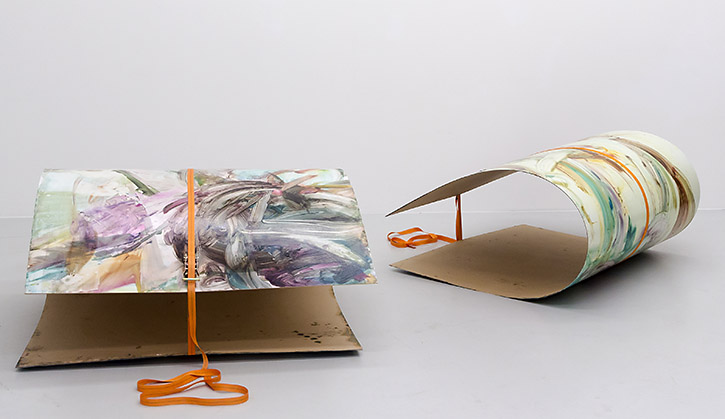
Exhibition: Disrobement
Artist: Katrin Westman
Where: Galleri Andersson/Sandström, Hudiksvallsgatan 6
When: Till 17 December
An extremely ambitious young artist, Katrin Westman works abstractly without allowing the edge of frame to contain her expression: many of her artworks adopt a sculptural form and encroach into the room.
“I want to be caught by the painting as if it were unbridled. The painting is a start. Everything is on a surface: both the paint and body together are formed into a single object in the room. The boundaries of my preconceptions of what painting is, is expanded by working toward the sculptural in painting,” shares Westman.
In Disrobement, she presents an all new body of work that both challenges our physical space and preconceived notions about painting; taking us on a journey across the canvas as her brush strokes reveal her own journey in the long history of painting, and the strong presence of her work’s human form – by digging into the past, she ends up in the moment: several of the exhibited works are inspired by the 16th century Italian artist Giovanni Bernini’s sculptures.
Photo and information credits: The respective galleries.
